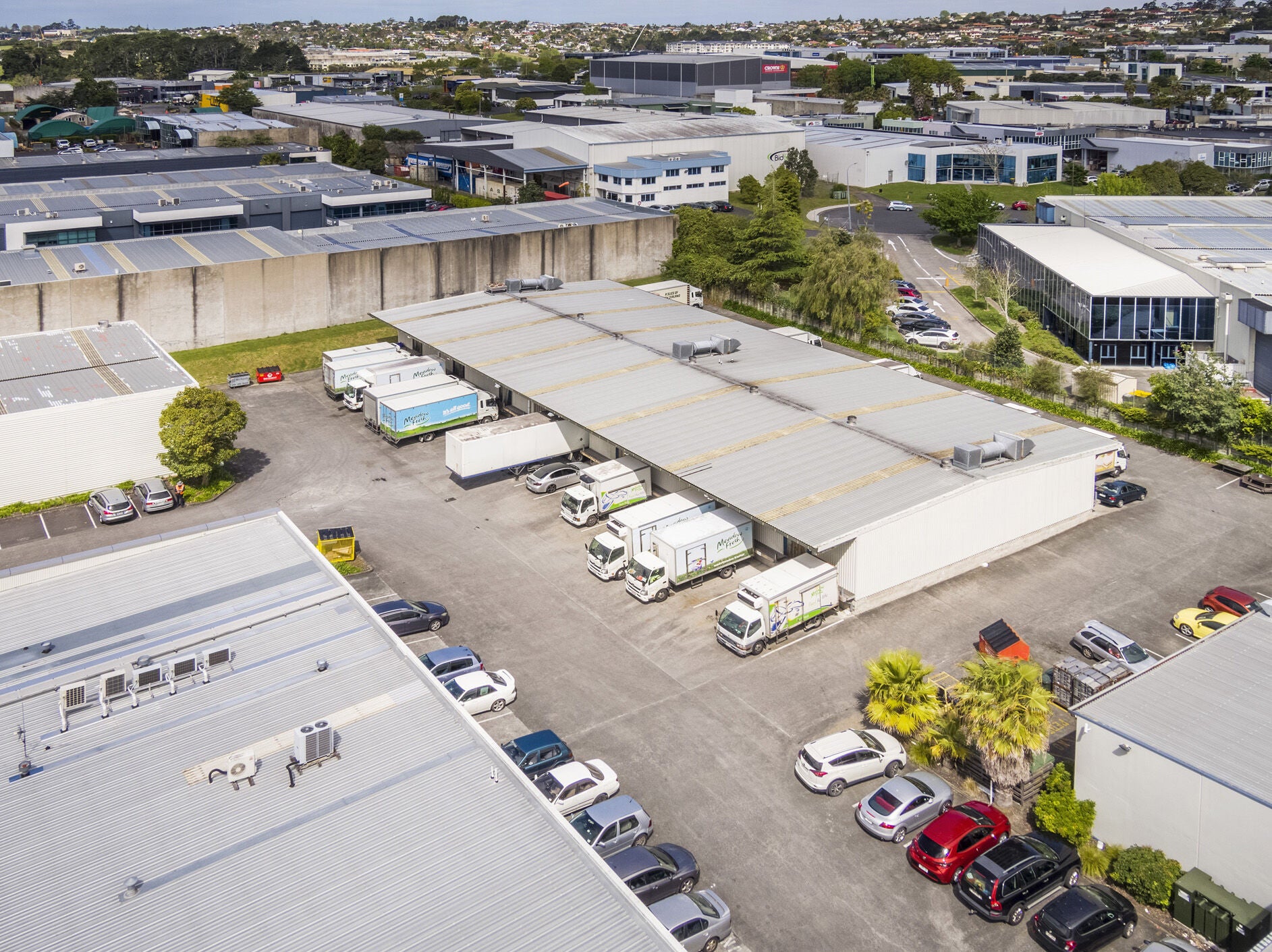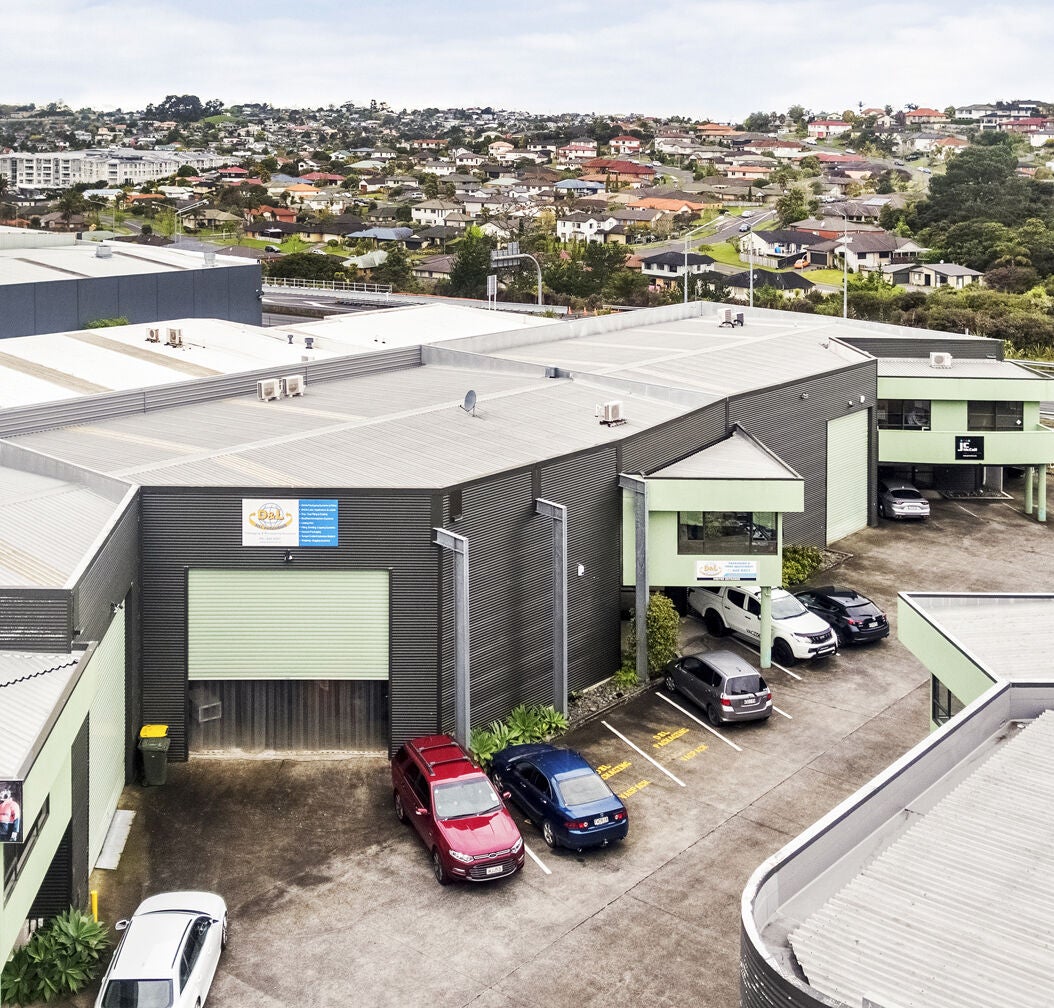Covid-19 tax boost worth ‘hundreds of thousands’ to commercial property owners

Tax changes announced as part of the Government’s $12 billion economic response to the coronavirus will deliver a boost worth hundreds of thousands of dollars to many owners of commercial and industrial properties, according to a leading property tax and valuation practitioner.
As part of the business support package announced yesterday, the Government has reintroduced building depreciation deduction claims for property owners with commercial and Industrial properties, at a level of two percent per annum.
This business relief measure comes after tax deductions for depreciation on building structures were removed in the 2011-2012 tax year. The announcement also has positive implications for commercial property owners undertaking seismic strengthening works.
Director of valuation services for Bayleys Valuations, John Freeman, said commercial property owners would welcome yesterday’s announcement as a substantial boost to their operating balance sheets.
“Since the removal of depreciation claims on commercial and industrial building structures several years ago, owners have not had the benefit of claiming in some cases several hundred thousand dollars annually, so they will welcome this latest move,” Mr Freeman said.
“The really good news is that it seems the reintroduction of these is permanent, and not just for the period the Government will support the economy as part of its COVID-19 stance.
“In addition, the Government has indicated that new deduction claims will be available for seismic strengthening costs at 2 percent per annum as part of this latest move. Again, for a lot of property owners these sums are substantial.”
To illustrate the benefits of the tax changes, Mr Freeman gave the example of a purchaser buying a $3 million commercial or industrial property, whose value comprised $600,000 for the land (for which depreciation cannot be claimed), plus $1.5 million for the building structure and $900,000 worth of fit-out.
“Up until the end of the current 2019-2020 tax year, depreciation deductions could only be claimed on the $900,000 building fit-out (typically at a rate of 10-12 percent, depending on the nature of the fit-out) benefiting the owner to the tune of about $100,000,” Mr Freeman said.
“However, from April under the Government’s announcement, owners will also be able to claim two percent per annum for depreciation of the $1.5 million building structure, adding a further $30,000 per year – taking total benefits to $130,000 per annum for every year they continue to own the property.
“In some cases, our clients are considering property purchases worth tens of millions, which will be eligible for six-figure tax depreciation claims.”
Mr Freeman said it was important for property owners to seek independent, expert advice from valuation specialists who can accurately value depreciable assets.
Despite the earlier removal of the tax benefit relating to building structures, Bayleys had continued providing clients with an assessment of opening tax book value for commercial and industrial structures as part of its detailed professional assessment of value at purchase time.
“This means that once the new allowances kick in we will be able to advise owners fairly quickly on the amount they need to be depreciating from at two percent per annum for existing structures,” he said.
“For new property purchases from now on, the same advice will continue to be provided so all property owners can obtain the full benefit of these tax changes.”
